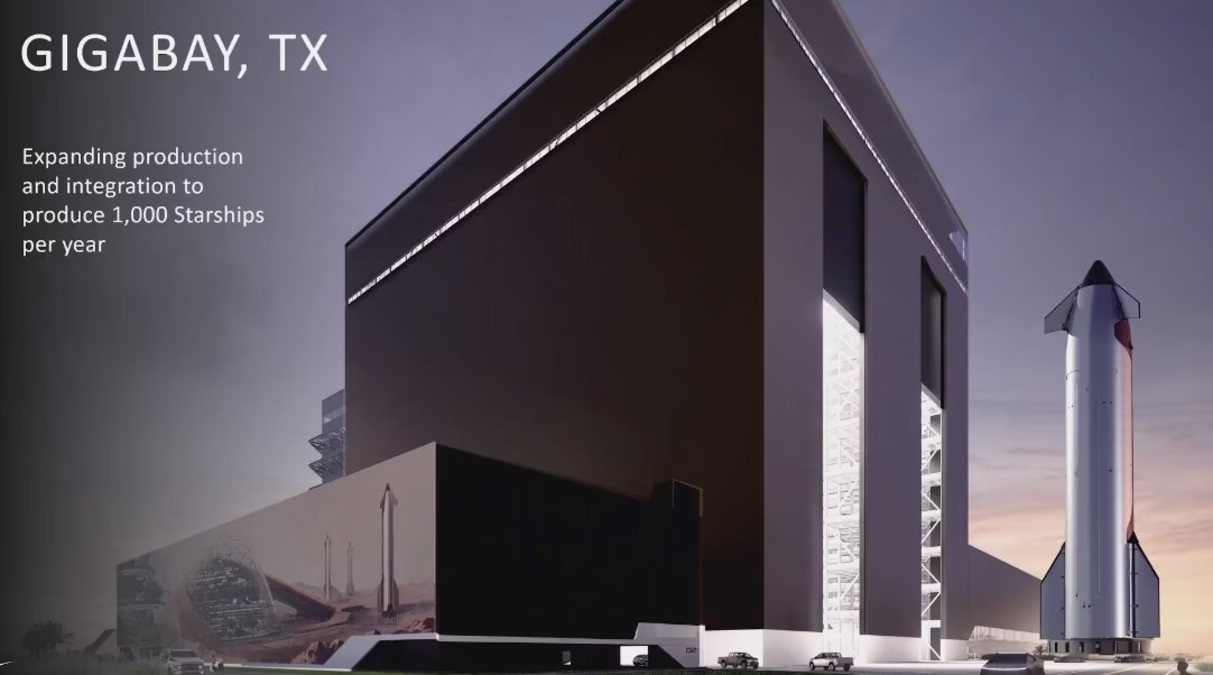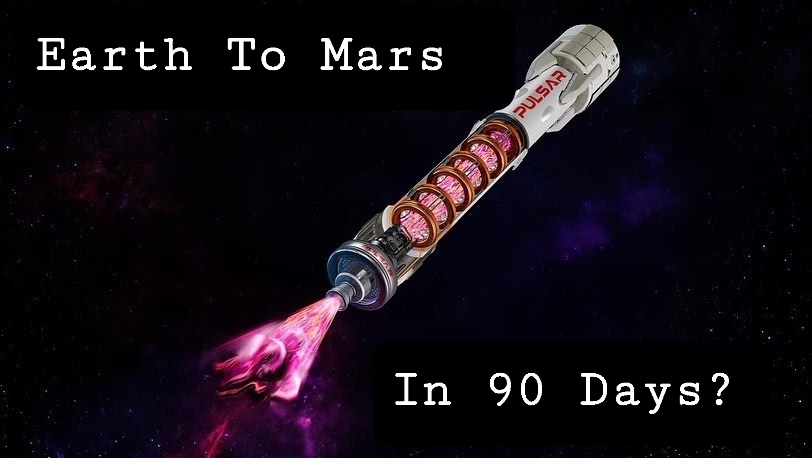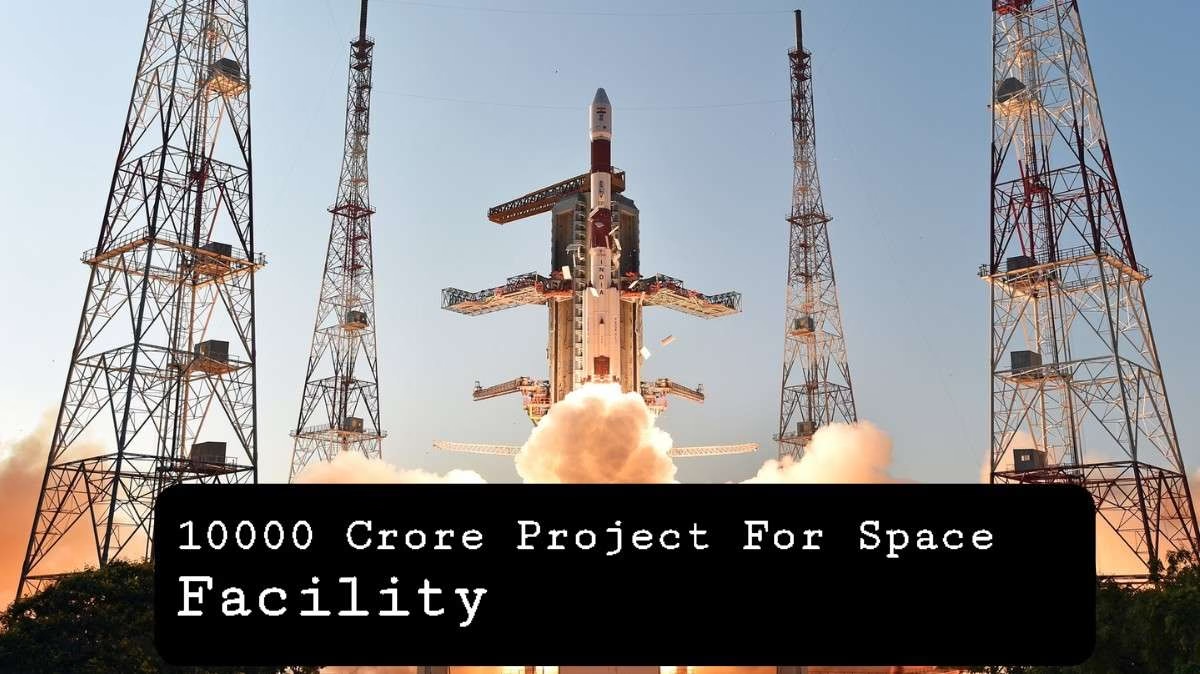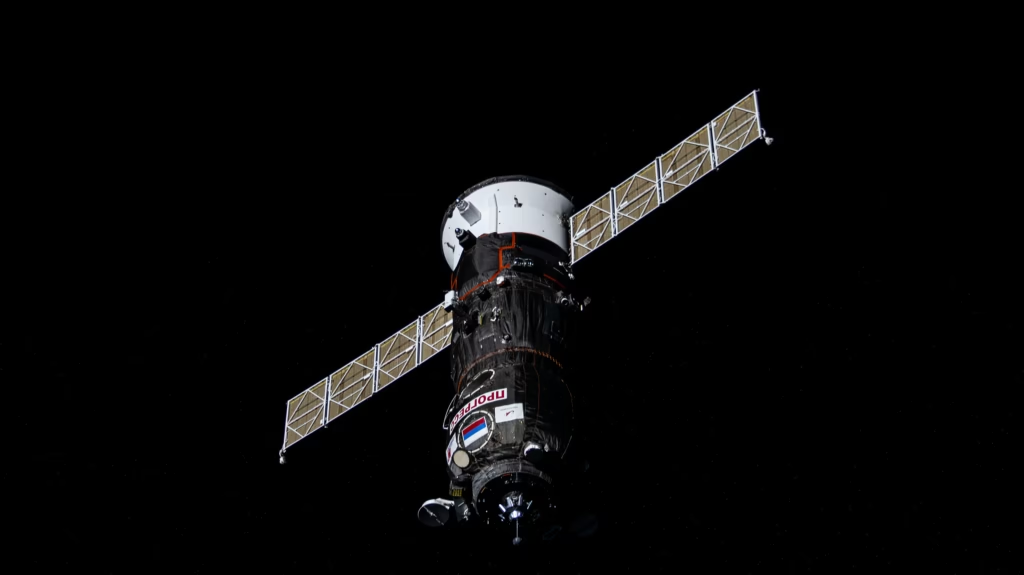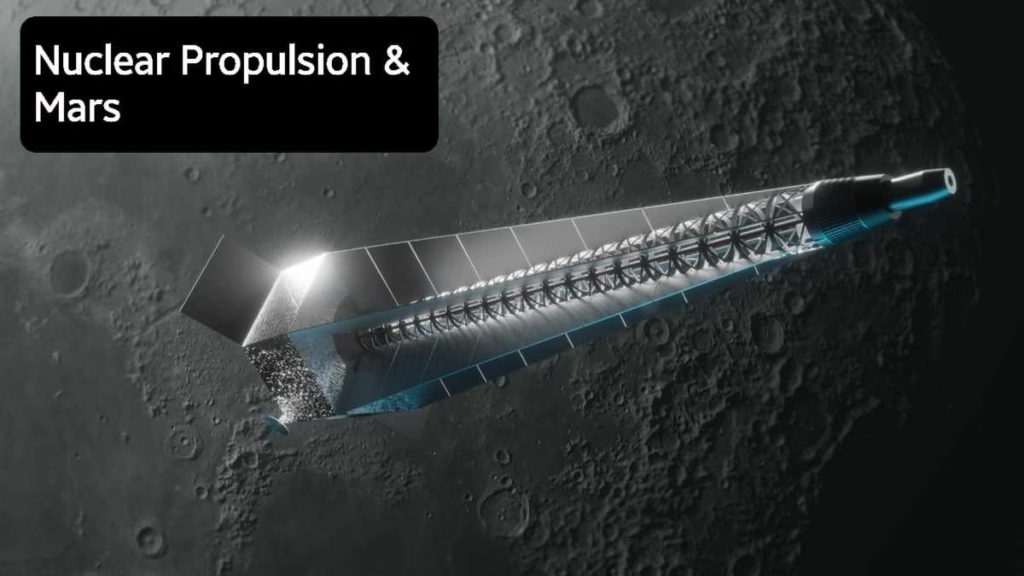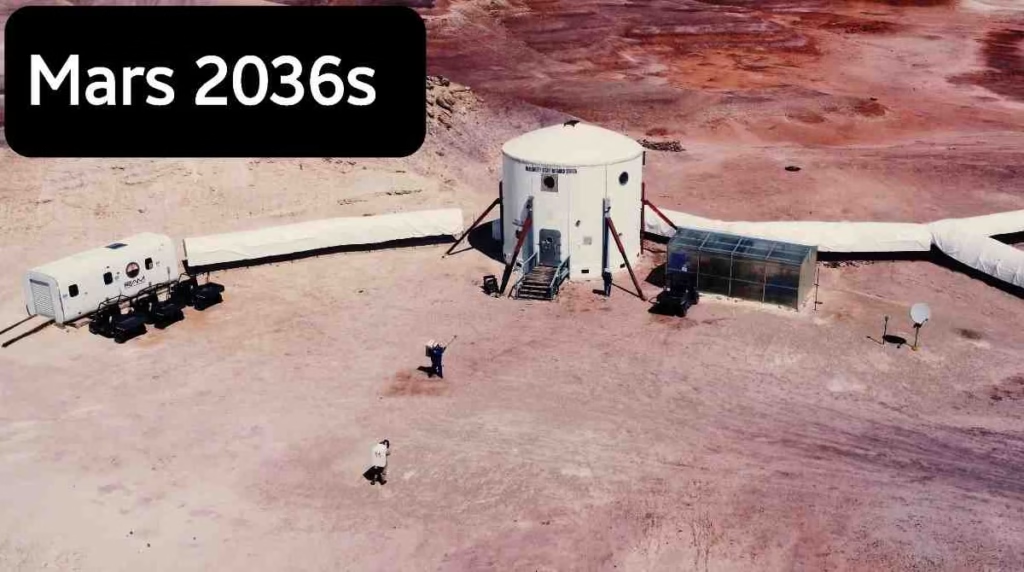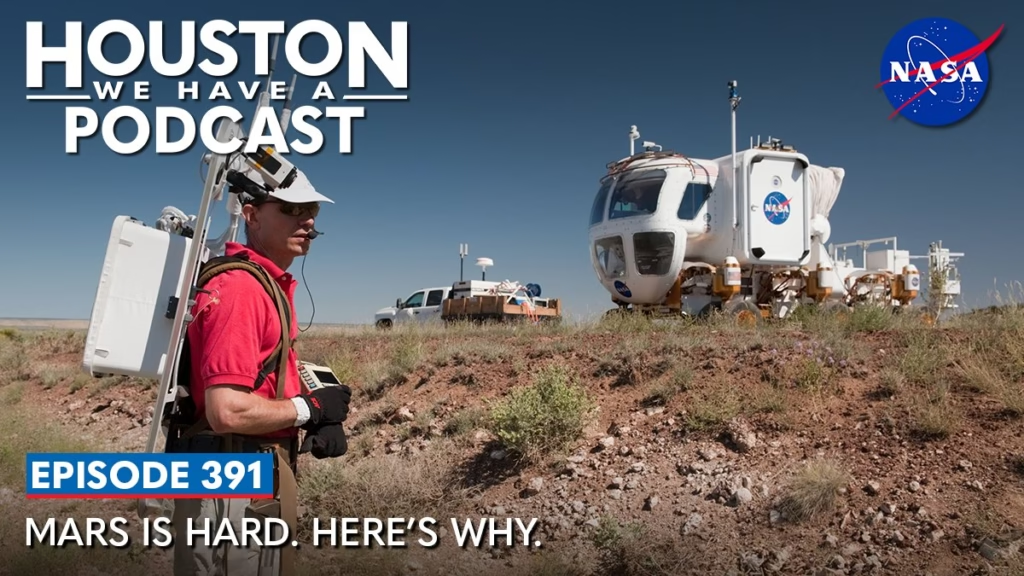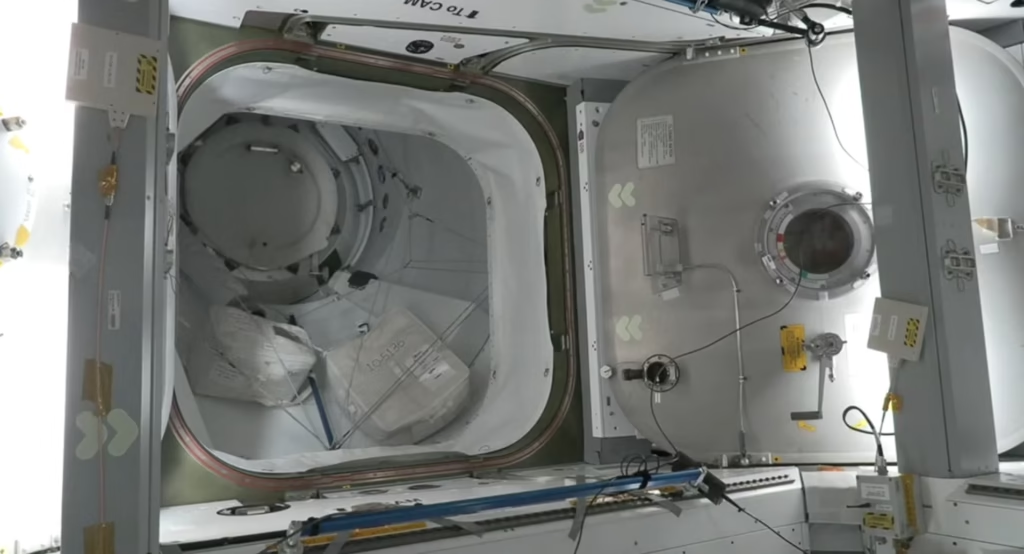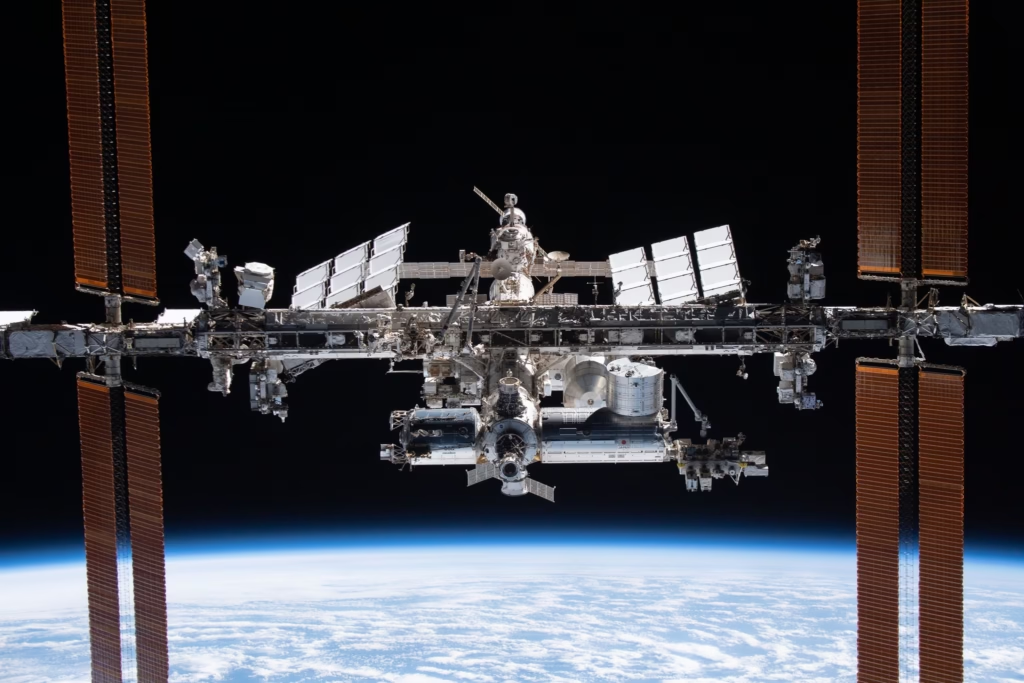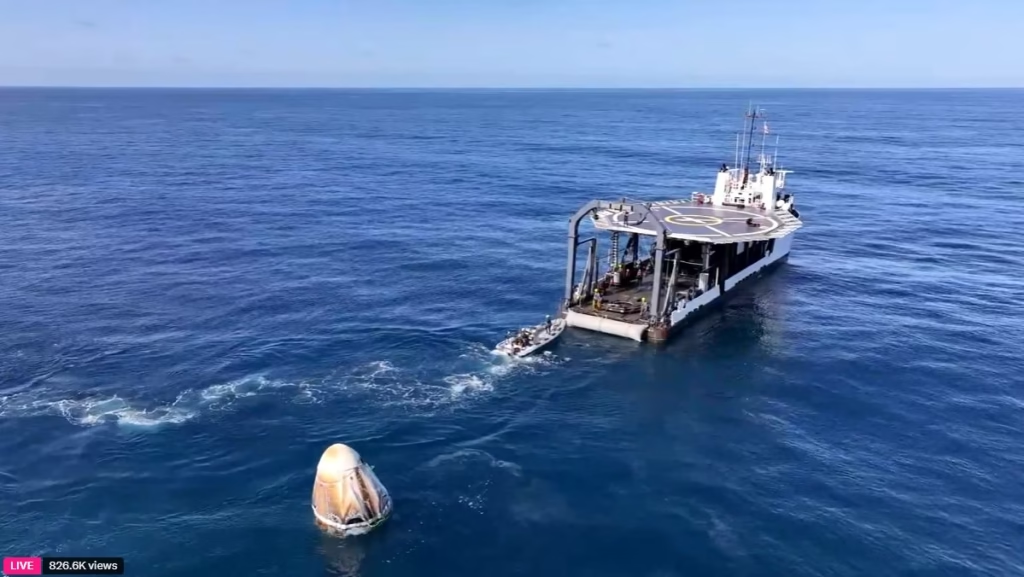Elon Musk Mars colonization plan using SpaceX’s Starship, Optimus Robots and X-Ai aiming to build a self-sustaining city and make humanity a multiplanetary species by 2030s.

Introduction
What is Elon Musk Mars colonization plan: Inside the Mission to Build a Second Home for Humanity
Elon Musk, founder and CEO of SpaceX, is not content with revolutionizing Earth-bound transportation or launching satellites. His most ambitious goal is to make life multiplanetary, with Mars as the next frontier. Colonizing Mars is not just a dream—it is a calculated mission with a timeline, engineering strategy, and a roadmap to move millions of people off Earth.
This article explores Elon Musk Mars colonization plan in detail: the technological innovations, logistical challenges, timelines, and long-term vision that drive one of the most ambitious endeavors in human history.
Why Colonize Mars?
Elon Musk often states that humanity faces existential threats—from natural disasters to artificial intelligence or even self-inflicted climate change. Colonizing another planet is, in his view, the ultimate insurance policy.
Mars is the best candidate for such colonization because:
- It is relatively close to Earth.
- It has surface gravity (about 38% of Earth’s).
- It has polar ice caps and water ice below its surface.
- A day on Mars is about 24.6 hours, making time management more practical.
- It has a thin atmosphere that offers partial protection from radiation.
These features make Mars more viable than the Moon or other planets for long-term human presence.
SpaceX and the Starship: The Core of the Plan
At the center of Elon Musk’s Mars plan is Starship, SpaceX’s fully reusable, two-stage rocket system designed for deep space missions.
Starship System Overview
- Height: Approximately 120 meters tall (with booster)
- Payload Capacity: Up to 150 metric tons to low Earth orbit
- Fuel Type: Methane and liquid oxygen (CH4/LOX)
- Reusability: Both the booster (Super Heavy) and the Starship upper stage are fully reusable
Methane is a crucial part of this system because it can be synthesized on Mars using the Sabatier reaction, which combines carbon dioxide from Mars’s atmosphere with hydrogen to produce methane and water.
This allows Starships to refuel on Mars for return trips to Earth—a central feature of the colonization model.
Phase 1: Robotic Missions and Cargo Transport
The Elon Musk Mars colonization plan begins with a series of uncrewed Starship launches to test landing systems and deliver cargo.
These early missions will:
- Transport life support systems, solar panels, fuel generators, and robotics.
- Test automated landing and refueling systems.
- Map the Martian surface and identify optimal settlement locations.
These preparatory steps are essential before any human sets foot on Mars.
Phase 2: First Crewed Missions
Musk has indicated that the first human missions to Mars could happen in the early 2030s, depending on Starship’s success and regulatory approval.
Key objectives of the first crewed missions will include:
- Establishing habitats capable of supporting human life
- Building surface energy infrastructure, likely solar
- Starting the process of fuel production from Martian resources
- Conducting detailed research into soil composition, radiation levels, and microbial risks
Crew members will likely stay for extended periods—potentially over a year—due to the long window between Earth-to-Mars transfer opportunities, which occur roughly every 26 months.
Phase 3: Building a Self-Sustaining Settlement
The long-term plan is to create a self-sustaining city on Mars with one million people or more. This will require:
- Mass production of Starship to send hundreds of flights per launch window
- Building pressurized domes or underground habitats
- Farming and food production systems using Martian regolith, hydroponics, or greenhouses
- Advanced recycling systems for water and waste
- Medical facilities, education, and governance systems
Musk envisions this Martian city as independent from Earth in case communications or supply chains are interrupted.
Transportation Plan: Moving Millions Elon Musk Mars colonization plan
According to Musk, the only feasible way to build a large city on Mars is to dramatically lower the cost per kilogram of mass to orbit. This is why Starship’s reusability and massive payload are critical.
SpaceX plans to:
- Launch a fleet of Starships during each transfer window
- Refuel Starships in Earth orbit before sending them to Mars
- Land cargo and humans at pre-established Martian sites
- Use in-situ resources on Mars to produce return fuel
Eventually, this system could support the transport of hundreds of people per launch, bringing the goal of colonizing Mars within reach.
Sustainability and Terraforming: Elon Musk Mars colonization plan
Long-term survival on Mars requires more than just basic life support. Musk has proposed the idea of terraforming Mars—transforming its atmosphere and climate to make it more Earth-like.
While controversial and extremely difficult, concepts for terraforming include:
- Releasing greenhouse gases to warm the planet
- Melting the polar ice caps to thicken the atmosphere
- Building large orbital mirrors to focus sunlight on key regions
However, Musk acknowledges that terraforming may take centuries, and the immediate goal is to build enclosed, self-contained habitats where life can thrive.
Mars Base Alpha: The First Settlement Elon Musk Mars colonization plan
Musk often refers to the first outpost on Mars as Mars Base Alpha. This prototype settlement will be:
- Located near an ice-rich region
- Consist of dome-shaped pressurized buildings
- Powered by solar farms
- Supported by robots, drones, and AI systems
The initial crew will likely include scientists, engineers, doctors, and technicians, working together to make the base livable and expandable.
Economic Model for Mars: Elon Musk Mars colonization plan
A sustainable Mars colony will also require an economic model. Musk has proposed ideas such as:
- Mining rare elements for transport back to Earth
- Developing intellectual property and software in Martian labs
- Tourism for the ultra-wealthy in the early stages
- Eventually building a self-contained Martian economy
In the future, people may even migrate to Mars for career opportunities, much like early settlers once moved to uncolonized parts of Earth.
International Collaboration and Policy: Elon Musk Mars colonization plan
Although SpaceX is leading the charge, Musk has expressed support for international partnerships and collaboration with agencies like NASA and ESA. He also advocates for new laws and governance models on Mars that differ from Earth-bound systems.
SpaceX believes Mars should be governed by local democracy, with settlers choosing their rules and leadership. This is a subject of ongoing ethical and legal discussion among global policymakers.
Challenges Ahead: Elon Musk Mars colonization plan
Despite significant progress, the Mars colonization plan faces major challenges:
- Radiation exposure from solar and cosmic rays
- Long-term health effects of reduced gravity
- Psychological stress from isolation
- Delays or failures in rocket development
- Massive funding requirements over decades
Yet, SpaceX continues to innovate and test Starship systems at Starbase, Texas, with orbital launches already underway.
Public Support and Inspiration: Elon Musk Mars colonization plan
Musk’s Mars plan has captured the imagination of millions. It has inspired students to pursue STEM careers, researchers to develop new life-support systems, and policymakers to rethink the future of humanity.
The colonization of Mars is not just a scientific goal—it is a cultural movement, with art, education, and media all engaging with the possibilities of life on another planet.
Conclusion: Elon Musk Mars colonization plan
Elon Musk’s plan to colonize Mars is bold, risky, and revolutionary. It represents the most serious effort to date to take humanity beyond Earth and into the wider cosmos. While the journey will not be easy, the pieces are steadily coming together: the Starship, robotic preparation, life-support technology, and global excitement.
If successful, Mars colonization will be remembered not just as a technological feat, but as the moment humanity took its first real step toward becoming a spacefaring civilization.
FAQs: About Elon Musk Mars colonization plan
Q1. What is Elon Musk’s ultimate goal for Mars?
A: Elon Musk’s goal is to build a self-sustaining city on Mars with over one million people. He believes this will secure humanity’s future by making us a multiplanetary species.
Q2. How will people get to Mars according to Musk’s plan?
A: People will travel to Mars aboard SpaceX’s Starship, a fully reusable spacecraft designed to carry up to 100 passengers per flight. Refueling will occur in Earth orbit before launch to Mars.
Q3. What is Starship and why is it important?
A: Starship is SpaceX’s flagship vehicle for interplanetary travel. It’s designed to be reusable, cost-efficient, and capable of carrying cargo and humans to the Moon, Mars, and beyond.
Q4. When does Elon Musk plan to send humans to Mars?
A: Elon Musk has suggested the early 2030s as a potential target for the first human mission to Mars, depending on the success of ongoing Starship development and testing.
Q5. How will astronauts survive on Mars?
A: Astronauts will live in pressurized habitats, powered by solar energy and supported by systems that recycle air and water. Food will be grown using hydroponics or imported from Earth initially.
Q6. What is Mars Base Alpha?
A: Mars Base Alpha is the name Elon Musk gives to the first human settlement on Mars. It will be a small base with essential infrastructure for energy, life support, and research.
Q7. Will Mars be terraformed as part of the plan?
A: Musk has proposed long-term terraforming, such as warming the planet to make it more habitable. However, this could take hundreds of years and is not part of the initial colonization phase.
Q8. How will fuel be produced for return trips?
A: Fuel will be created on Mars using the Sabatier reaction, which combines carbon dioxide from the Martian atmosphere with hydrogen to produce methane, the same fuel Starship uses.
Q9. What challenges could delay Mars colonization?
A: Major challenges include radiation exposure, reduced gravity health effects, psychological stress, resource limitations, and regulatory or funding setbacks.
Q10. Will the Mars colony be governed by Earth laws?
A: Elon Musk has suggested Mars should have its own legal framework, governed by local settlers. This is still a subject of international legal debate and yet to be formally defined.

